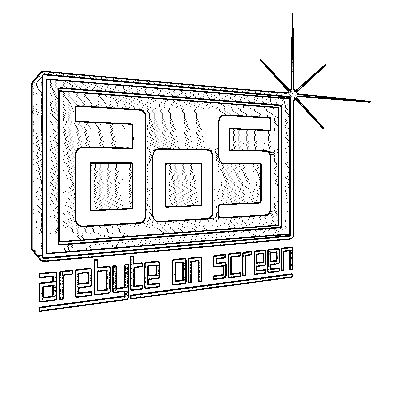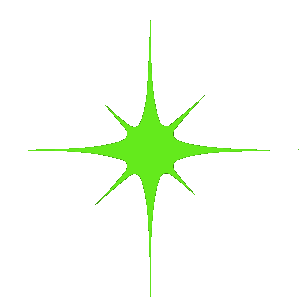# Episode 5
Escape
The bodies which widen the habitable zone,
develop traces for existence in more-than-human worlds.
Extend meanings of caring beyond expected forms of kinship.
While restructure our environment, worlds,
across the bifurcation of consciousness,
and ultimately transform affective perception of things
by involvement in the mattering of aleatory worlds.
To restructure our relationship to the other entities we share this universe with,
of becoming autopoietic systems.
The emerging plasma that is freed upon the collisional heat,
provides the conditions for our bodies as
trans bodies.
Closing my eyes I see kaleidoscope workers.
Physicalities shifting figure and form, touching places in shaped refractions,
in needs for heating and cooling their organs.
Born from the high-speed oscillation,
quantum fluctuation and fuzziness
of the gas-mineral molecules
we are prosthetic devises.
Walking barefoot to bear the rubble, we let the sun melt us,
between immanence and transcendence,
reality and illusion, reason and its absence, dream fiction.
Touching each others hands we find them warm.
Press towards each others’ chests, and bend with the load of each others
synthetic love.
Cannot occupy discrete positions in space.
Coming into being as we merge and align with,
or destroy each other while rippling against abiotic waves
and the rippled ultraviolet field.
As inhuman intimacies and enemies within and between matter.
Bodies of redistributed sensorium,
with a dizzying sense of vivifying potentiality.
Energies taped by virtual detectors,
accelerated by the convective electric field.
Exceeding escape due to pick-up ion acceleration.
As a more-than-body-time of transition.
To break down and build up and break down once more.
To accept the cycle or the challenge or the promise of beginning again.
We cover each other with soft sheets that keep the draft of vibrant love.
As grey and anthrazit streaks of wisdom.
As parasites of our body.
We struggle moving between two sides.
Black Rhodolith trans girls shining bright,
carry the weight of movements strapped over our shoulders.
Embodied experiences of how we survived terrorism,
lived through dehumanization and planetary starvation.
Given the racialized burden of orbit mining
the extracorporeal trans body is an ongoing zombie,
a subaltern monster threatening colonial order
through its postcolonial positioning at the the edge of alterity.
Get me away from my body, this body, you held.
This body you said you loved, emptied, hollowed, dissolved in the wind.
Pulling the body back through itself in order to feel mending,
to feel the growth of new margins.
Our gaseous embodiments fold and cut through heat.
Split my tongue. Tongue burns on contact.
Xeno sex.
But the way any circle that seems cut is never broken.
Resculpturing the patterns of our sex.
As molecular machines opening up any entity to its provisional vicissitudes,
as shimmering self-variations
that enable them to become more/other than what they are.
We do not transcend gender or sex by jumping out of the body.
But our skin is always intractably post-transexual skin.
Insisting on enlarging the inhuman realm.
Multi Species coma,
constitutive of one another through the spaces of cohabitation.
Carbon blacks are X-ray diffractograms.
Qubits are the
genotypes and phenotypes of synthetic life.




